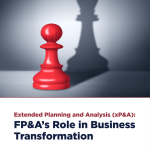The 7th Face-to-Face meeting of the International FP&A Board took place on the 13th of October, 2022, in the heart of Seattle.
23 participants from leading companies, such as Cushman & Wakefield, VMware, T-Mobile, BECU, Seagen and many others, gathered in a prominent "Washington Athletic Club" venue to discuss the crucial ingredients for moving from traditional FP&A to Extended Planning and Analysis (xP&A).
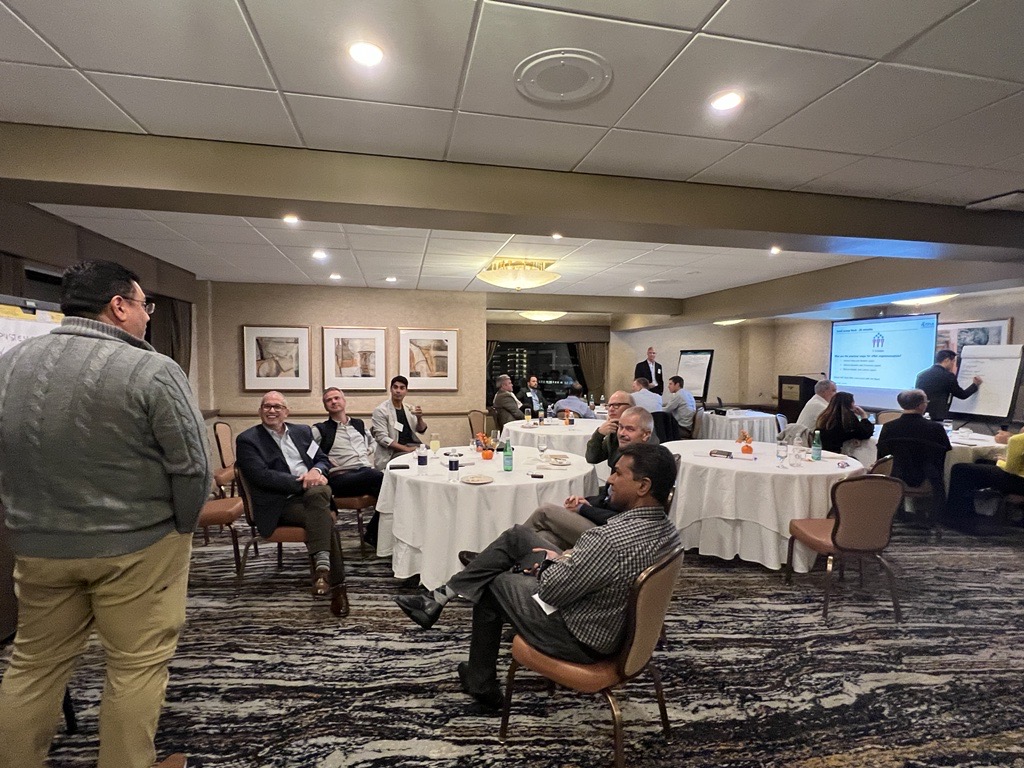
Figure 1: Seattle FP&A Board Members (October 2022)
The meeting was chaired by Larysa Melnychuk, the founder and CEO of the FP&A Trends Group and the International FP&A Board. The Seattle FP&A Board Members focused on four critical questions about xP&A:
- Why move towards xP&A?
- What is xP&A?
- How to move to it?
- How exactly can you foster the transition?
Why Do Traditional Methods Not Work Anymore?
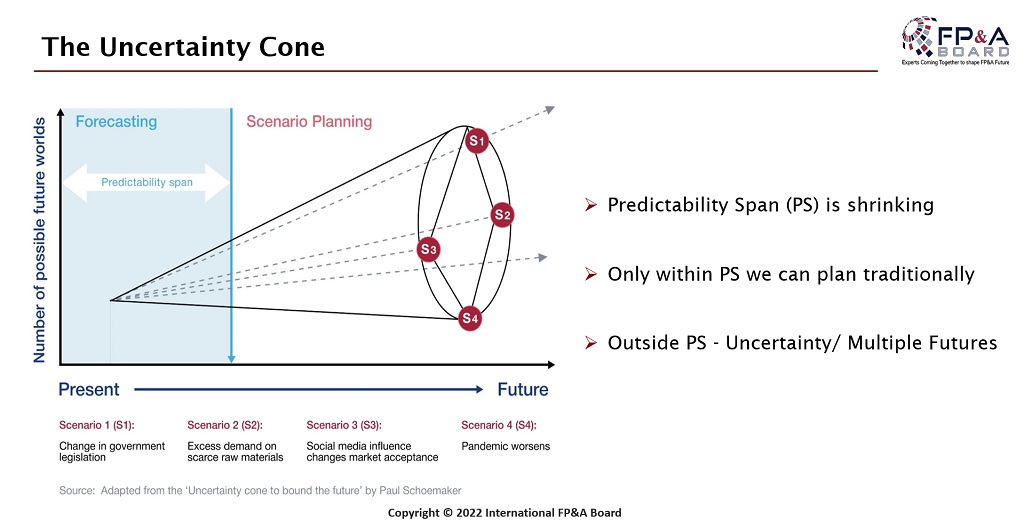
Figure 2: Since the Predictability Span (PS) Is Shrinking, We Need to Consider Multiple Scenarios Outside the PS
The Seattle FP&A Board members agreed that traditional planning methods do not work in a volatile environment where uncertainty has become a norm. The discussion facilitator introduced the concept of Predictability Span and outlined that we can use traditional methods only within this span. Everything which is beyond will require other techniques and more agility, which makes xP&A such an appealing approach for FP&A professionals.
Extended Planning and Analysis: What Is It?
The forum discussed the concept of xP&A. It is an approach which involves cross-functional planning that spans beyond finance. It also presupposes aligning strategic, financial, and operational plans and fosters your organization's digital transformation.
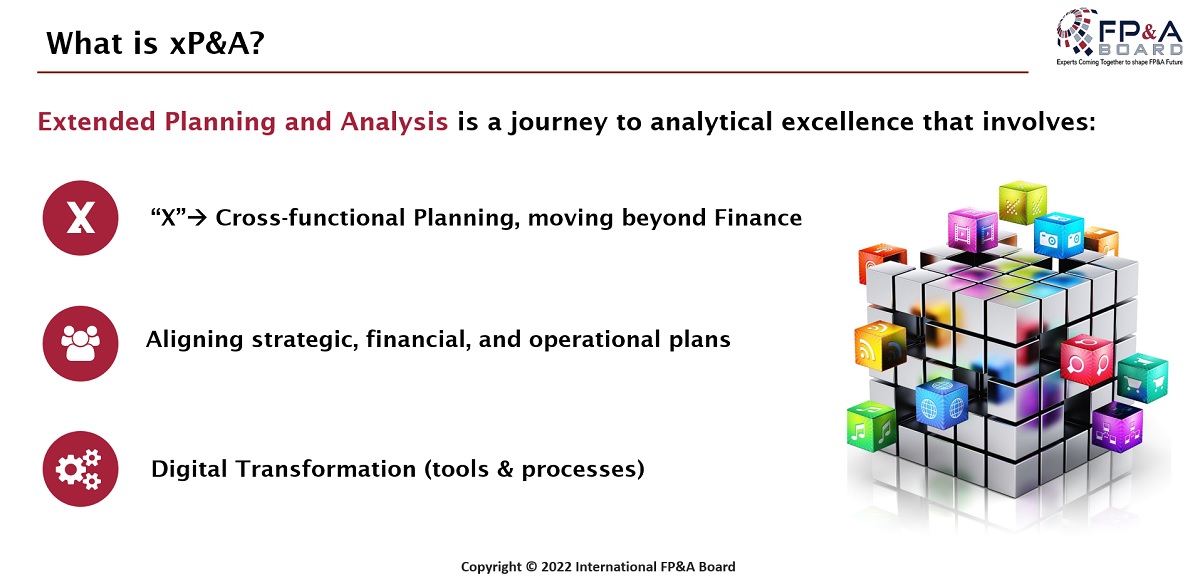
Figure 3: Three Essential Components of Extended Planning and Analysis (xP&A)
Implementing Integrated FP&A in a business is impossible without considering the following six success factors:
- Understanding data & key drivers;
- Creating a driver-based model;
- Having a three-way model (which connects P&L, Cash Flow, and Balance sheet);
- Having integrated processes;
- Integrated people (organizational structure that allows collaboration);
- An integrated platform (technology that connects models, processes, and people).
However, moving towards Extended Planning and Analysis will require creating a roadmap. The International FP&A Board has developed a tool to help you tailor your unique way to analytical excellence - the FP&A Board Maturity Model.
FP&A Board Maturity Model Can Help You Start Your Way to xP&A
.jpg)
Figure 4: You Can Create Your Transformation Road Map with the FP&A Board Maturity Model
This model was conceived by London FP&A Board Members and further developed in all our chapters worldwide. It can help you create your roadmap for transformation from the basic to the leading state across six different dimensions:
- Leadership;
- Functional Skills;
- Business Partnering and Collaboration;
- Process;
- Data & Analytics;
- and Technology.
Group Work and Networking
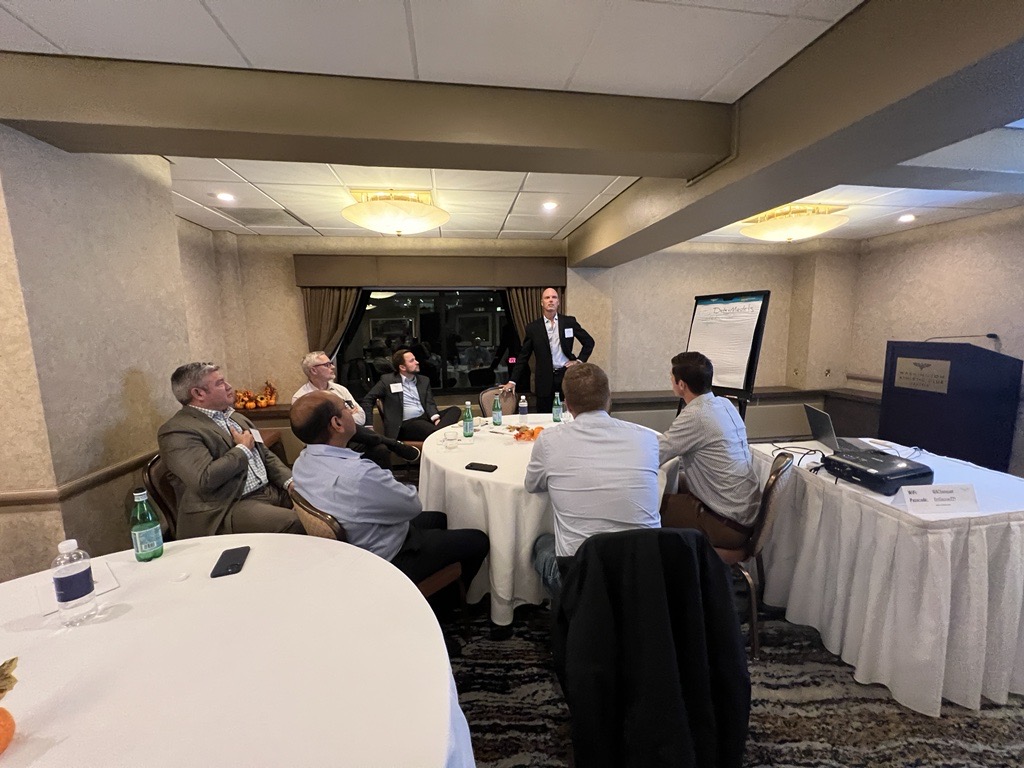
Figure 5: Group Work During the Seattle FP&A Board (October 2022)
Closer to the end of the meeting, the participants were split into three groups to discuss the following aspects of moving to Extended Planning and Analysis (xP&A):
- Data & Models;
- Systems and Processes;
- People and Culture.
After an insightful discussion, the Seattle FP&A Board members shared their points with the Board.
The meeting ended with networking, where senior FP&A leaders could exchange their thoughts on xP&A.
We are grateful to SAP for sponsoring this event and to Robert Half and protiviti for their continuous support.


